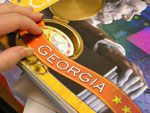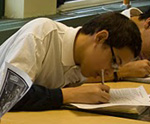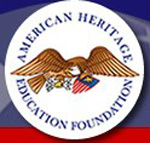Crossroads of American History: Learning Our History, Loving Our Stories
This eastern Indiana district, like many districts, has lacked resources for history professional development for many years. Teachers say they want to know about recent American history, and this project will help them gain content knowledge and professional credentials. Graduate courses, intensive summer institutes and field studies will provide content knowledge that will support teachers' involvement in the district's curriculum writing and mapping initiative. Classroom observations will help teachers improve practice, and the annual history resource project will engage teachers in deep learning about a topic as they create digital resources for all teachers to use. Two separate cohorts of teachers will participate: 15 in Years 1-3 and 15 in Years 3-5. Year 1 themes will include economics, entrepreneurship, transportation and communication; Year 2 themes will include leadership, social justice and social movements. These themes will guide explorations of the topics that the teachers selected for study (see topics, above). Teachers will learn to use technology and inquiry-based instructional strategies as they work to improve student engagement, increase the rigor of student performance and help students develop critical thinking skills. Professors from the university school of education will conduct observation sessions, help teachers reflect on their teaching by examining student work, and provide coaching support. Each year will culminate with a colloquium, during which teachers will make formal and informal presentations about their annual projects. Teachers' projects will contribute to resource banks of wikis, podcasts, virtual field trips, lessons and more, all of which will be available as open educational resources.



